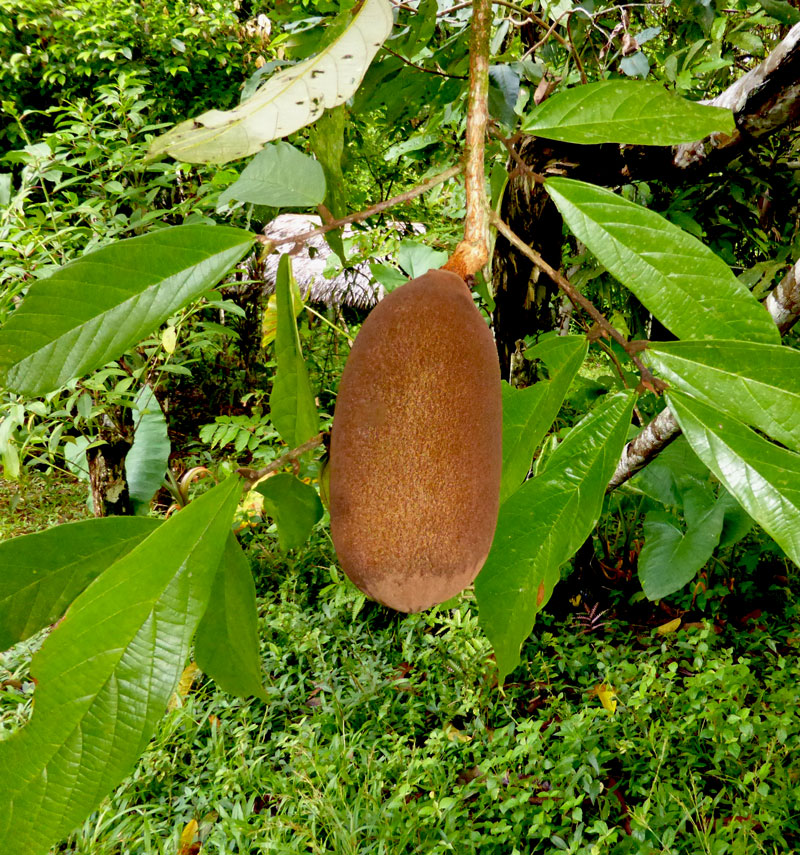
Kristof Zyskowski & Yulia Bereshpolova / Wikimedia Commons
Cupuaçu, selectively bred by native peoples 8,000 years agoKristof Zyskowski & Yulia Bereshpolova / Wikimedia CommonsToday it is possible to enjoy cupuaçu ice cream in São Paulo, far from the Amazon where the fruits hang from trees that can reach 20 meters in height (Theobroma grandiflorum), all thanks to a journey that appears to have begun around 8,000 years ago. “Indigenous communities have cultivated plants for millennia, and our study reveals that the cupuaçu, previously considered a wild species, is in fact domesticated from a wild relative, the cupuí,” says José Rubens Pirani, a botanist from the University of São Paulo. The finding was the result of a doctorate by Matheus Colli-Silva, who is now a researcher at the Royal Botanical Gardens in Kew, UK, and was supervised by Pirani. The pulp and seed of the cupuí (T. subincanum) are similar to cupuaçu, although the fruit is smaller. Over the last two centuries, the cupuí has undergone a second process of domestication that has expanded its distribution from the Upper/Middle Rio Negro to the rest of Amazonia. The alteration of the plant for human use began before cocoa—another related species—went through the same process. The study suggests that the pulp of T. cacao was popular among Indigenous peoples long before its seeds attracted international interest to make chocolate, at which time the plant was subject to selective breeding for cultivation (Communications Earth & Environment, November 1).
Republish